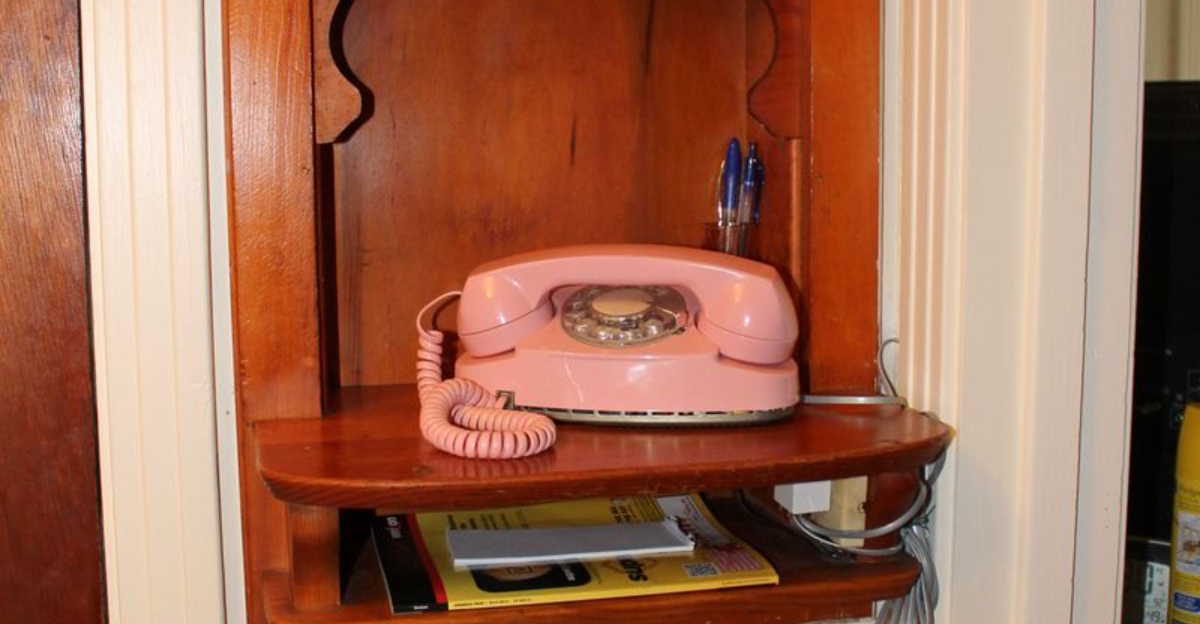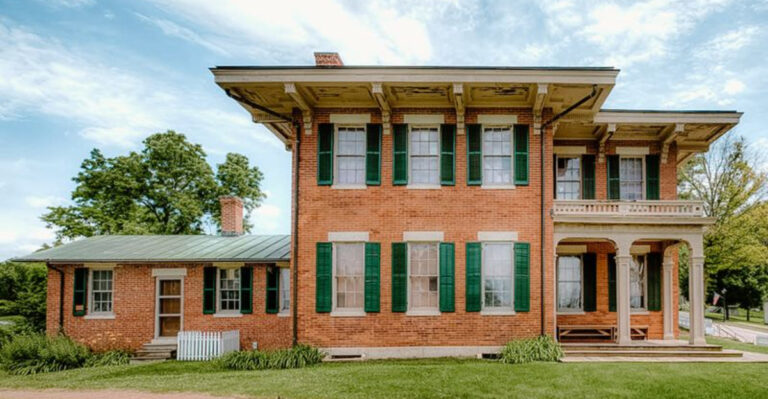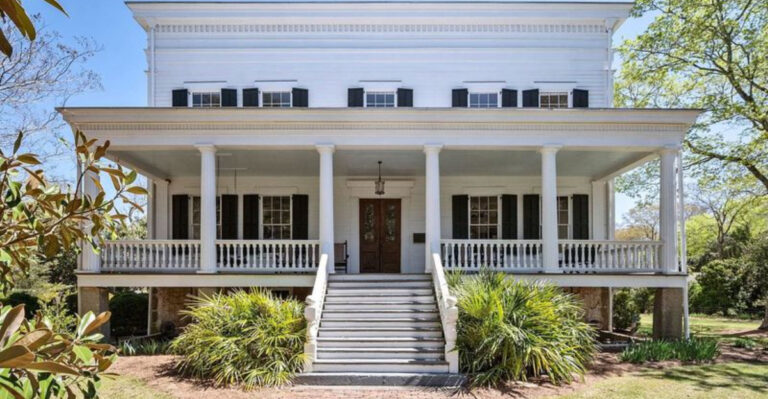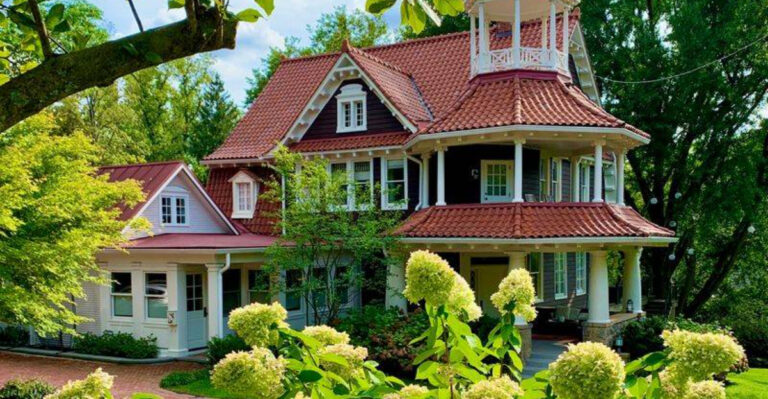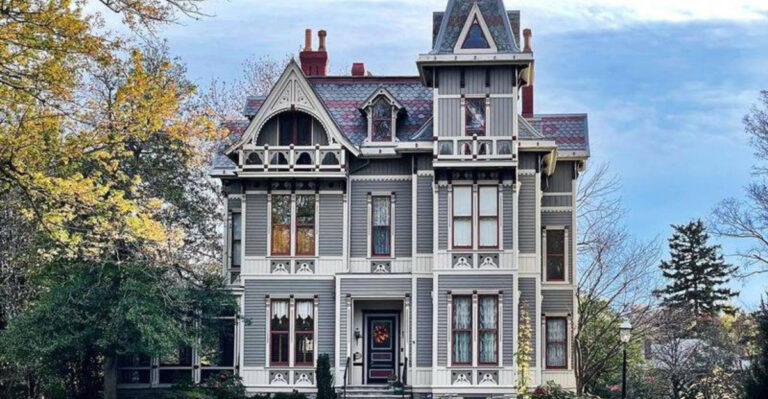16 Forgotten Home Fixtures That Once Made Life Easier
In today’s world of sleek gadgets and smart homes, it’s easy to overlook the charmingly clever fixtures that once graced our homes.
These quaint features were designed to make daily life just a bit easier, but as modern conveniences took over, they quietly faded into obscurity.
Let’s take a nostalgic journey through 16 of these forgotten home fixtures, each a testament to the ingenuity and lifestyle of its era.
1. Dumbwaiter
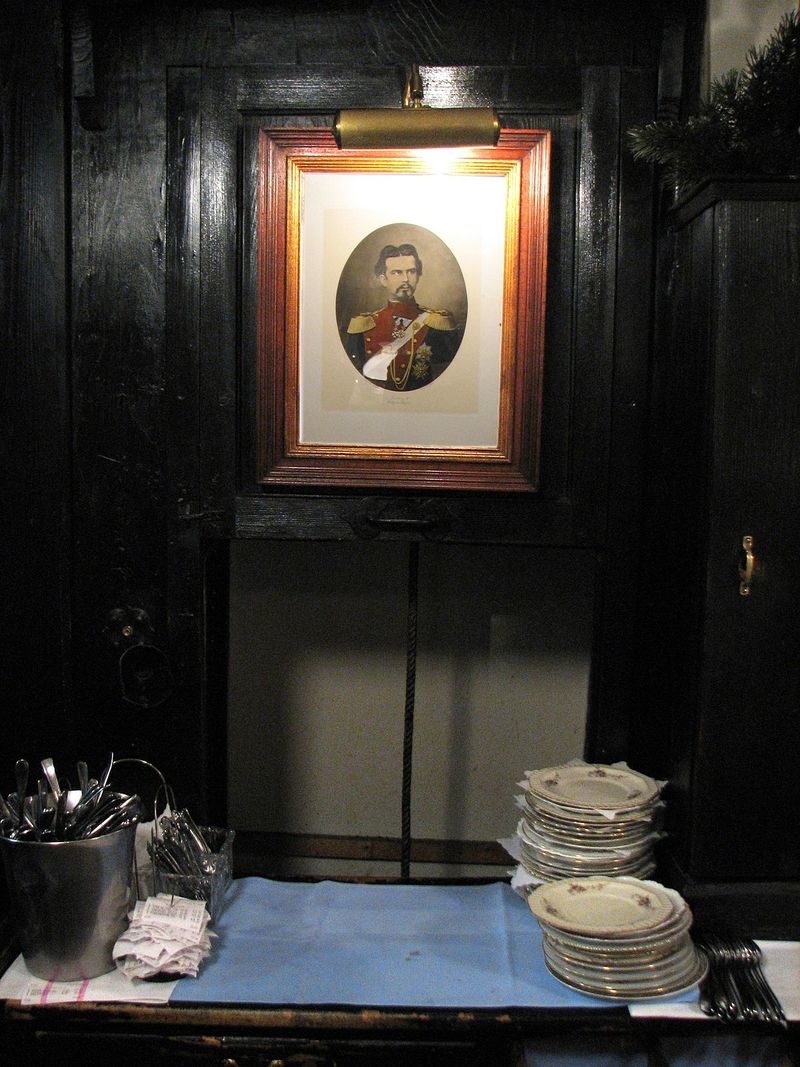
Imagine a time when transporting items between floors was as simple as pulling a rope. Dumbwaiters were small elevators for goods, saving countless trips up and down stairs. These compact helpers were perfect for busy households.
However, as modern elevators and open-plan designs took over, the humble dumbwaiter was left behind. Today, they remain a quaint reminder of a more hands-on era.
2. Laundry Chute
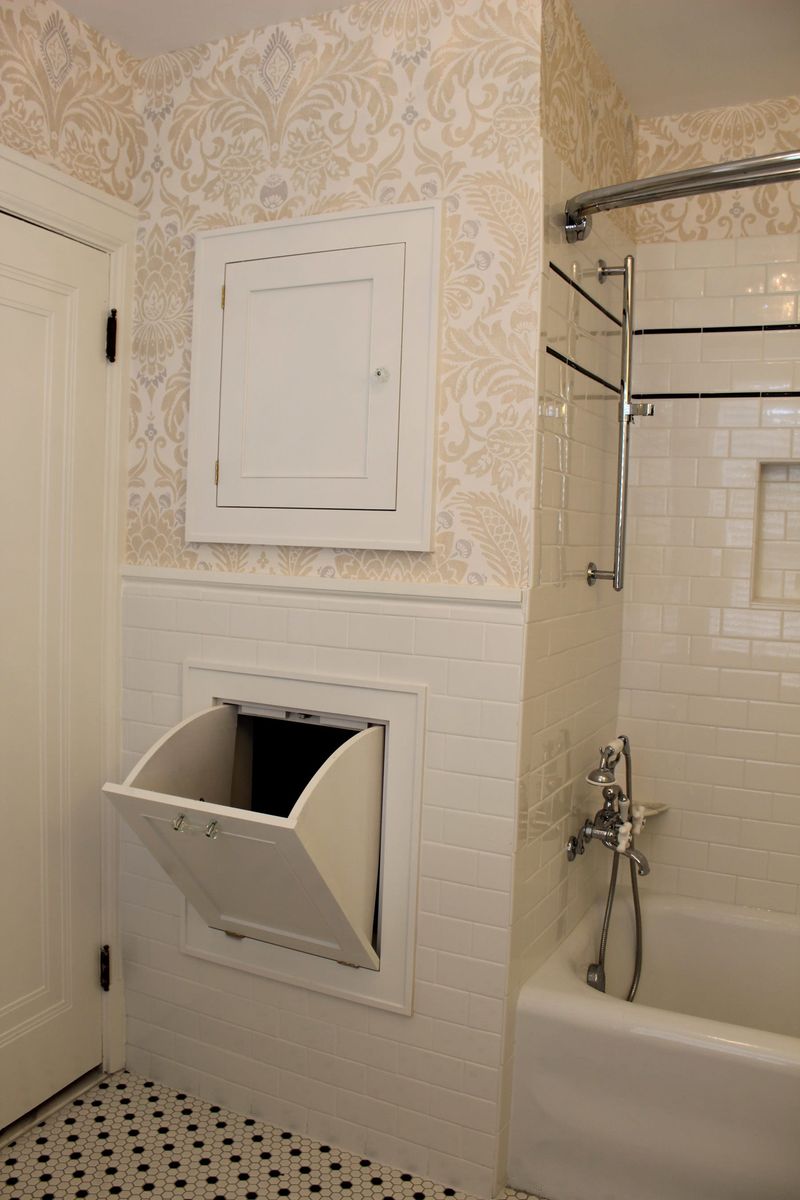
Who wouldn’t love the magic of dropping dirty clothes straight to the laundry room? Laundry chutes made doing laundry a breeze, funneling garments through the walls.
Their decline came with smaller homes and the rise of basements stuffed with utilities. Yet, the idea of whisking laundry away with a simple drop remains appealing. Just don’t forget the occasional sock that gets stuck!
3. Ironing Closet
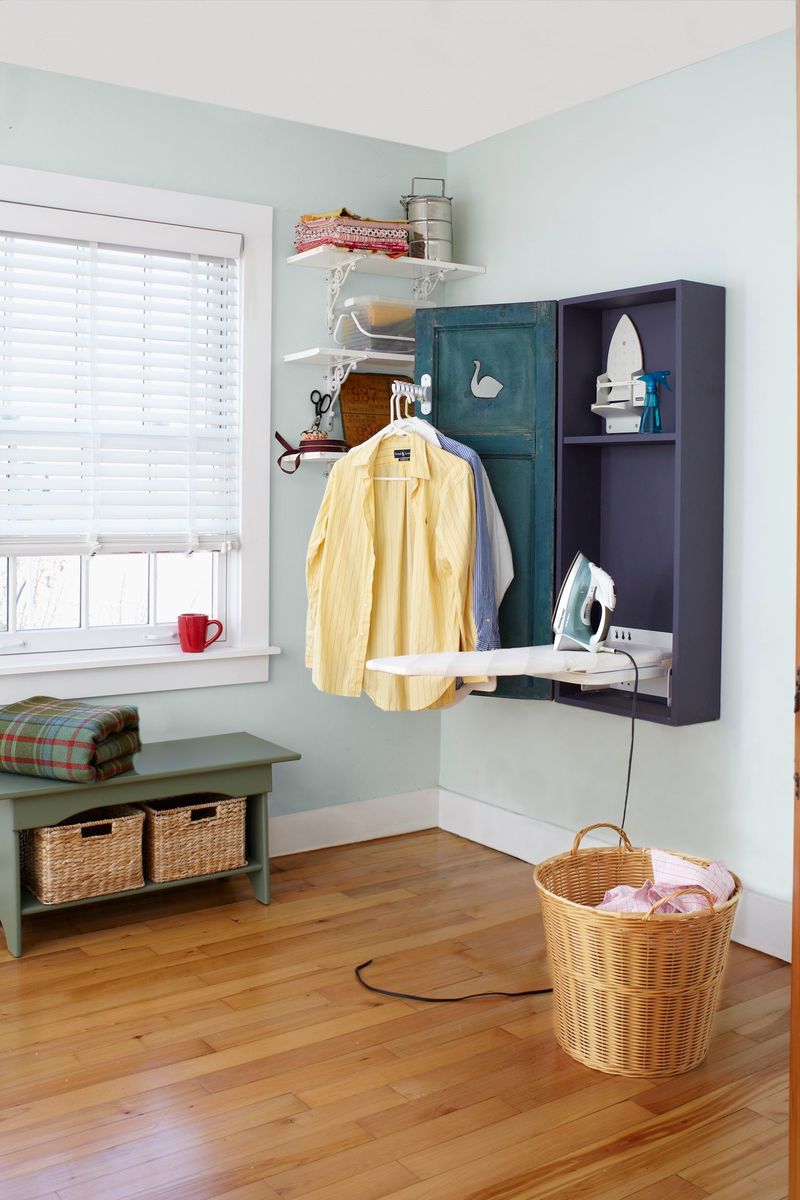
Neatly tucked away, ironing closets kept the ironing board out of sight but always at hand. This clever space-saver was the perfect solution for tidy homemakers.
As portable ironing boards and wrinkle-free fabrics became common, these built-in wonders gradually disappeared. Still, they remind us of an era that valued both orderliness and practicality.
4. Milk Door
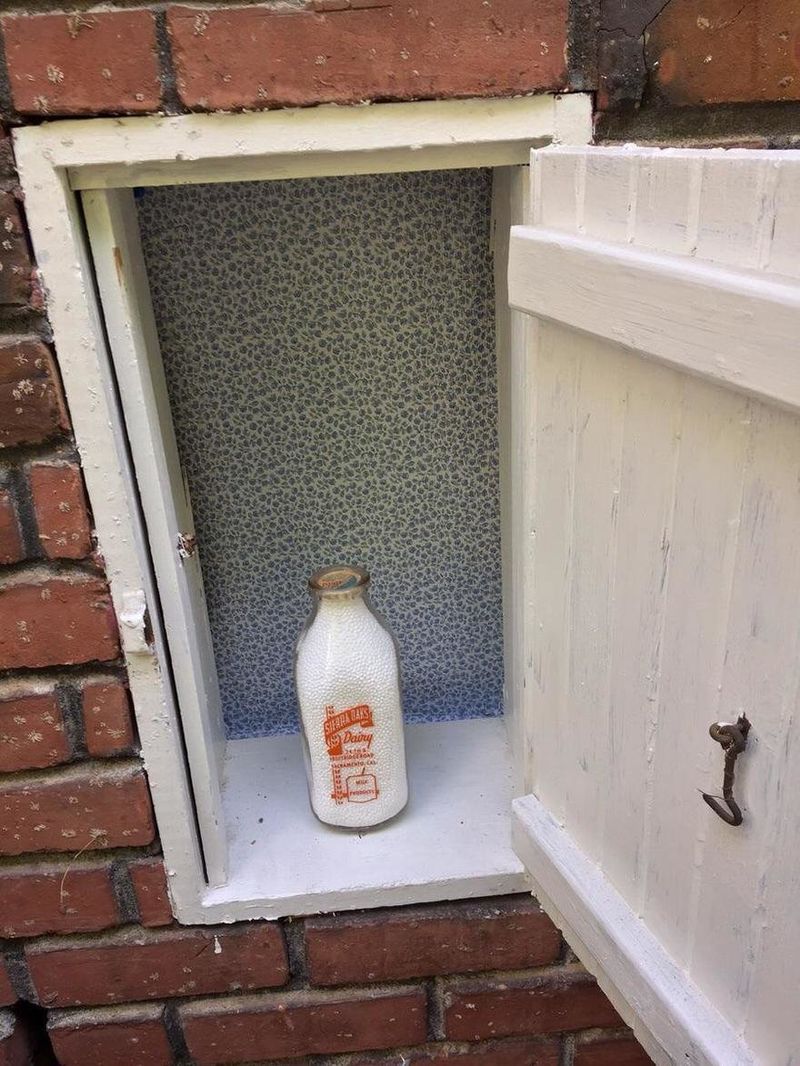
Once a staple in suburban America, milk doors were small compartments allowing milkmen to deliver fresh milk without entering the home.
Milk doors once represented a rhythm of life where fresh bottles arrived without knocking. When refrigerators entered every kitchen and delivery habits changed, the small compartment lost its purpose. Still tucked into older homes, it now stands as a quiet monument to a more personal era of service.
5. Built-in Phone Nook

In the days of landlines, phone nooks provided a dedicated space for communication. Often nestled in a hallway, these nooks included a small shelf and seating.
Cell phones and wireless tech erased the need for built-in telephone benches, yet the quaint corners remain. Carved into hallway walls or tucked near stairs, they recall evenings spent waiting your turn, flipping through a phone book, or stretching the cord for privacy.
6. Transom Windows
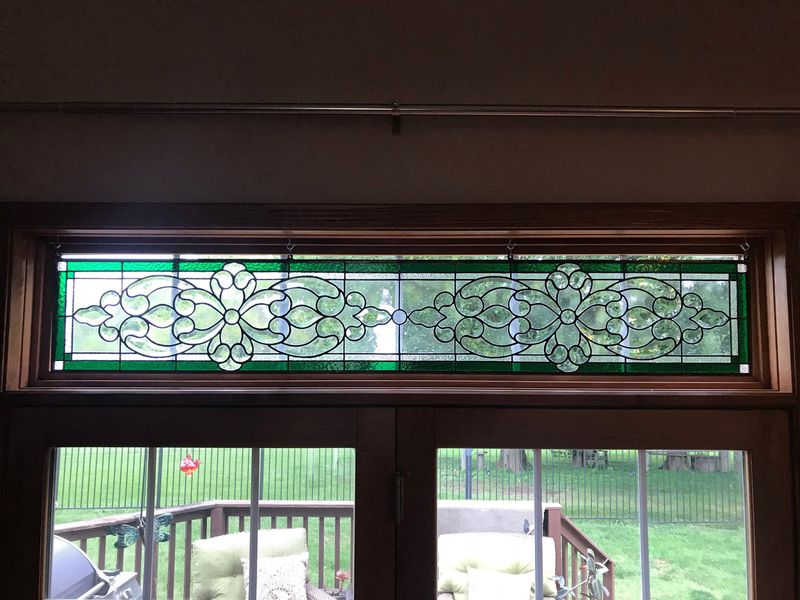
Perched above doors, transom windows provided ventilation and light, enhancing both function and style. Often adorned with stained glass, they added elegance to any entryway.
Modern air conditioning and lighting have made them largely obsolete, yet they evoke a time when architecture was a blend of utility and beauty.
7. Butler’s Pantry
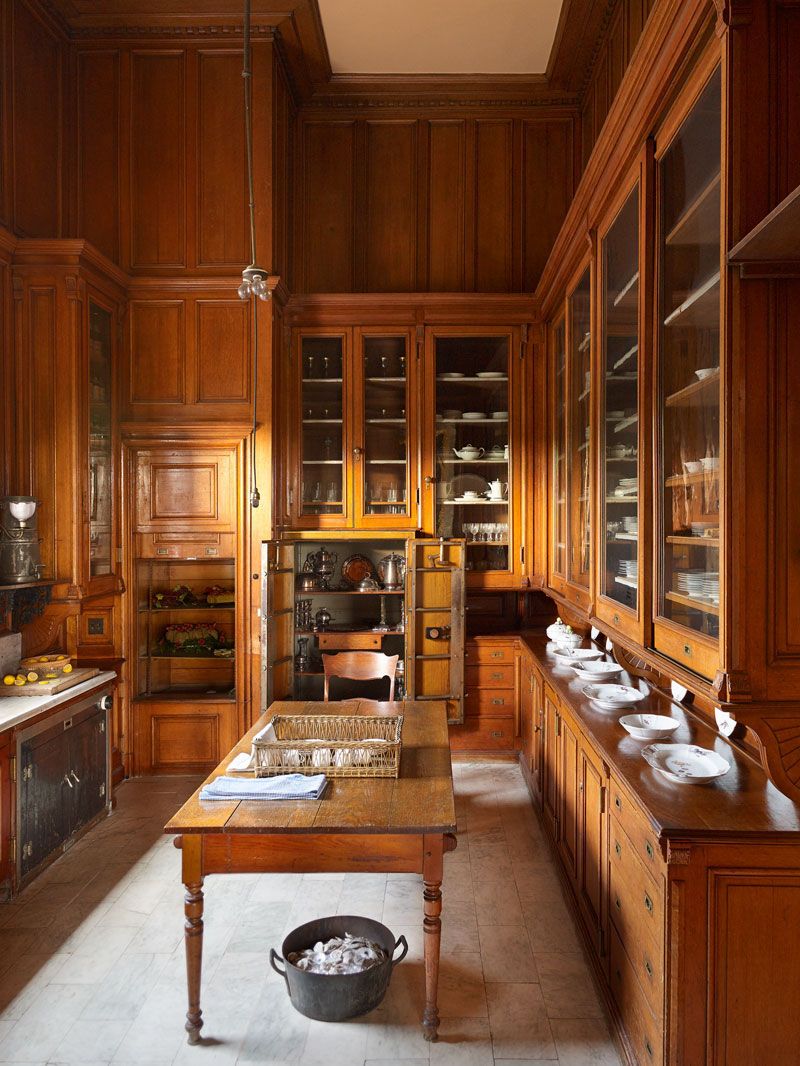
A blessing for large estates, butler’s pantries housed everything needed for entertaining, from china to linens, ensuring smooth service during grand dinners.
Shifting lifestyles brought a move toward casual dining, leaving butler’s pantries less common in modern homes. Still, their built-in cabinetry and polished counters speak to an era of refined hosting, where meals unfolded with quiet precision behind swinging doors.
8. Icebox
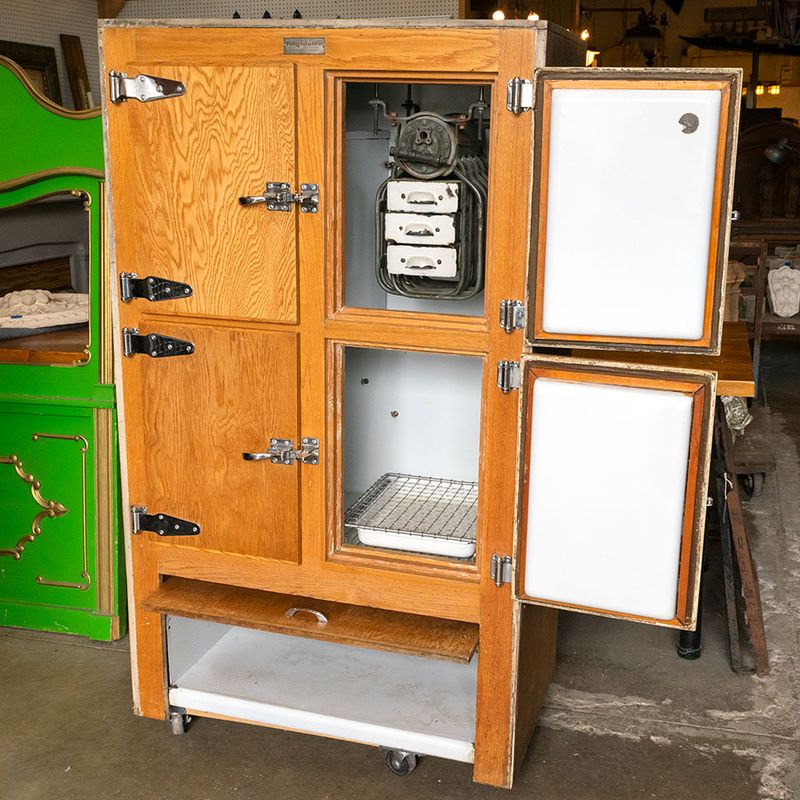
Before electric refrigerators, iceboxes kept perishables cool with blocks of ice. These wooden cabinets were a kitchen essential, often accompanied by daily ice deliveries.
With the advent of electric refrigeration, iceboxes quickly became obsolete. Their sturdy craftsmanship remains a nostalgic nod to early 20th-century innovation, reminding us of a time when daily life hinged on blocks of ice and well-insulated compartments.
9. Coal Chute
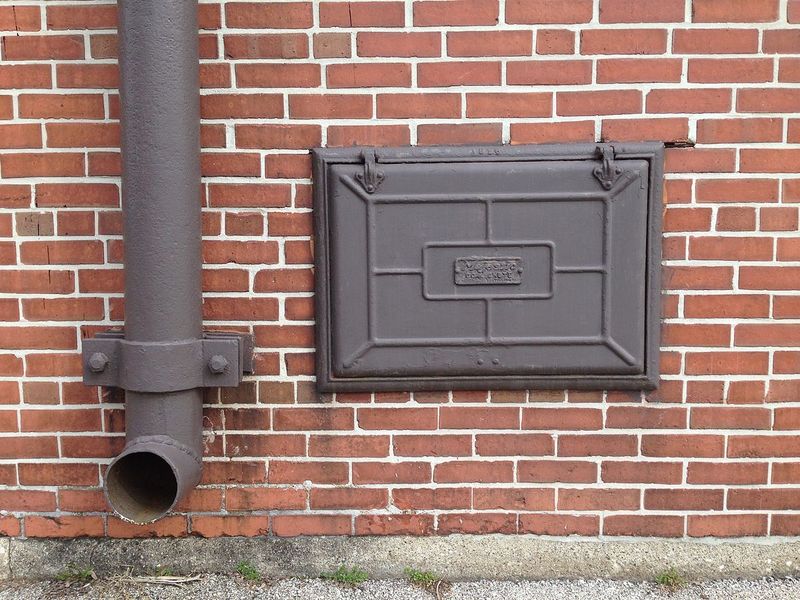
In homes heated by coal, coal chutes allowed for convenient fuel delivery directly to the basement. A simple external door linked to a basement bin made it easy.
Cleaner energy sources eventually replaced the need for coal chutes. Serving now as architectural curiosities, each one highlights an era when homes depended on coal deliveries and dusty basements fueled daily life.
10. Parlor

Once the heart of social gatherings, parlors showcased a home’s finest decor and hosted important visitors.
Over time, the rise of casual living spaces diminished their role, but the opulent charm of a parlor still captivates those who revel in history.
11. Root Cellar
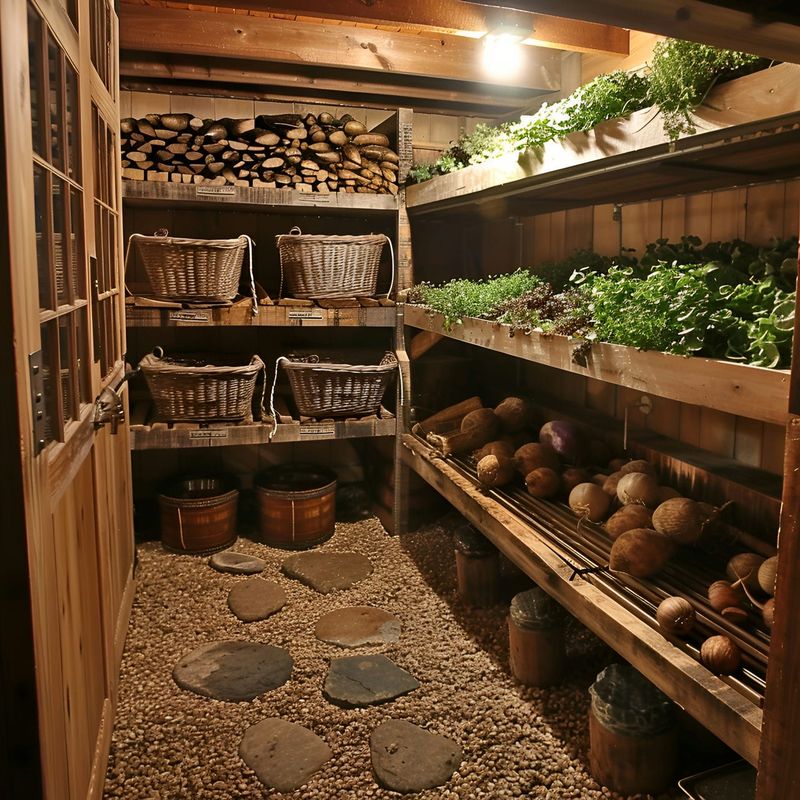
Nature’s refrigerator, root cellars kept produce fresh year-round, especially in rural homes. Built into hillsides or beneath houses, they provided consistent cool temperatures.
Modern refrigeration has reduced their necessity, yet they hold a nostalgic allure for those who cherish sustainable living and self-sufficiency.
12. Servant’s Bell System

This was the intercom of yesteryear, allowing homeowners to summon help. Each room had a corresponding bell, signaling staff with a distinctive chime.
With fewer households employing live-in staff, these systems became obsolete. Still, they echo the structured elegance of a house run like a well-oiled machine.
13. Coal Stove
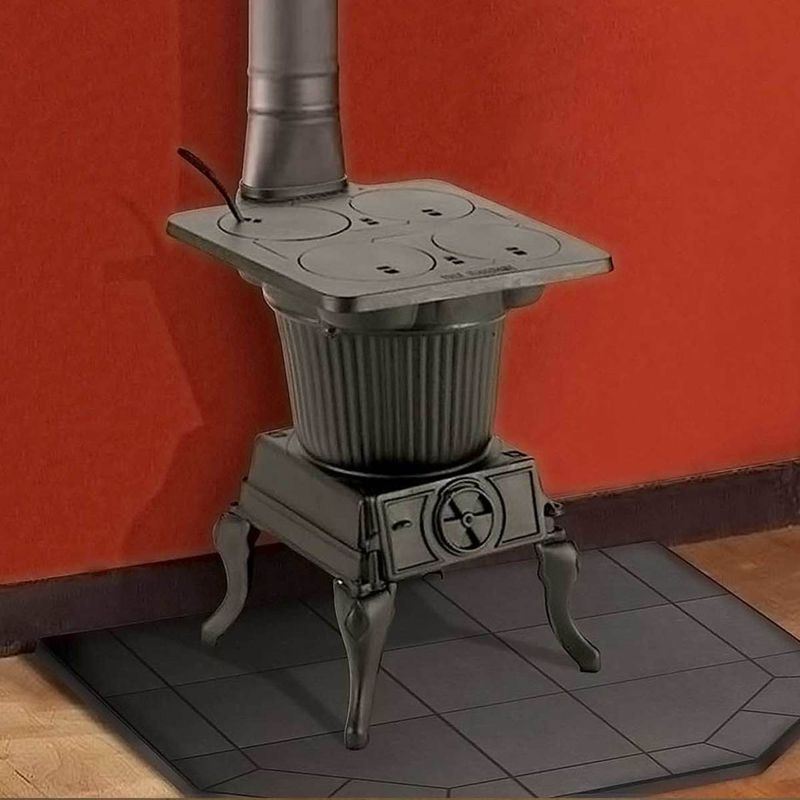
The predecessor of modern ranges, coal stoves cooked meals and warmed homes. They required skill to maintain a steady temperature, adding a rustic touch to kitchens.
Electric and gas stoves gradually replaced coal stoves, making them less common in modern homes. Built to last and radiating steady heat, each piece reflects a time when mealtime centered around glowing coals and heavy cast iron.
14. Rainwater Cistern
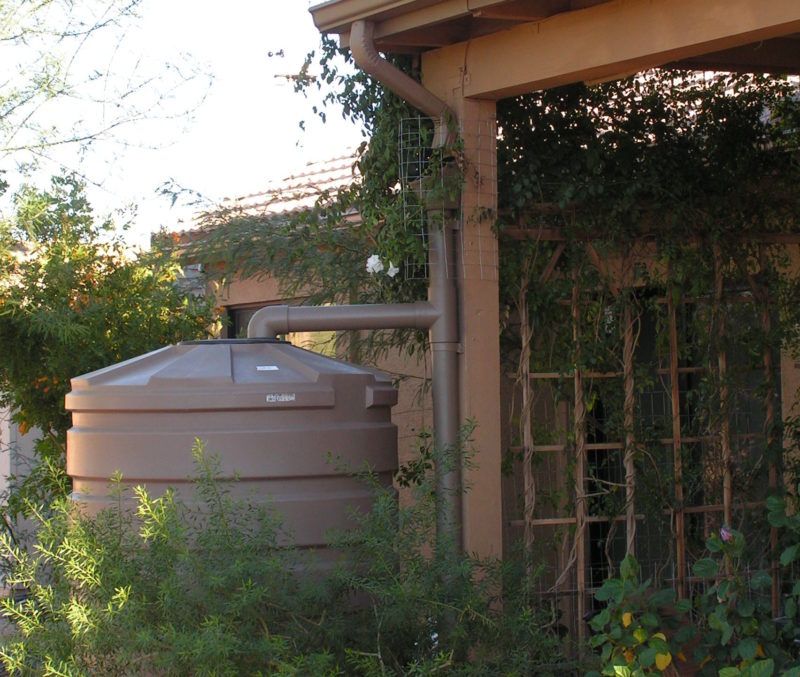
In an era before municipal water supplies, cisterns collected rainwater for household use. Simple, efficient, and eco-friendly, they were vital for rural living.
With the advancement of plumbing systems, cisterns were phased out. Still, they serve as a testament to a time when water conservation and resourcefulness were key to everyday life, showcasing a blend of practicality and environmental awareness.
15. Wood Paneling
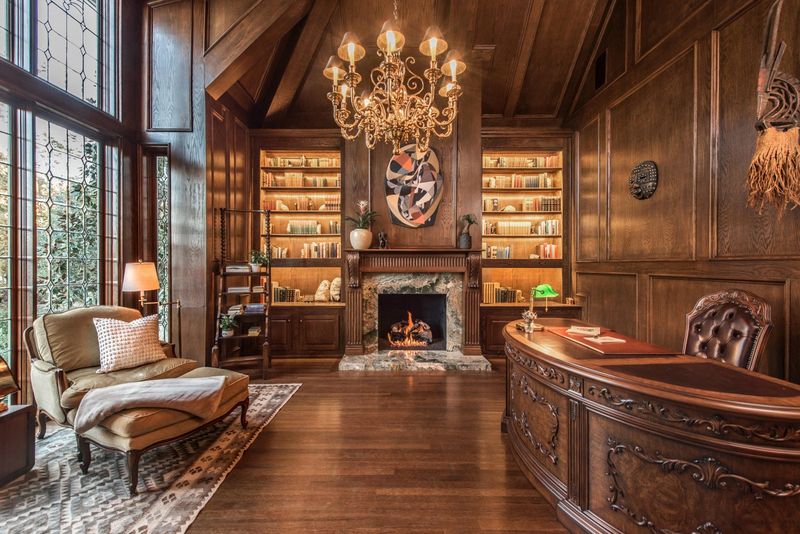
A staple of mid-century design, wood paneling added warmth and character to any room. Its rich texture was both cozy and elegant, a favorite in dens and studies.
Trends shifted towards lighter, minimalist decor, leaving wood paneling behind. Despite this, wood paneling still evokes the sophisticated comfort of mid-20th-century homes, offering a warm, timeless vibe that resonates with nostalgia.
16. Pie Safe
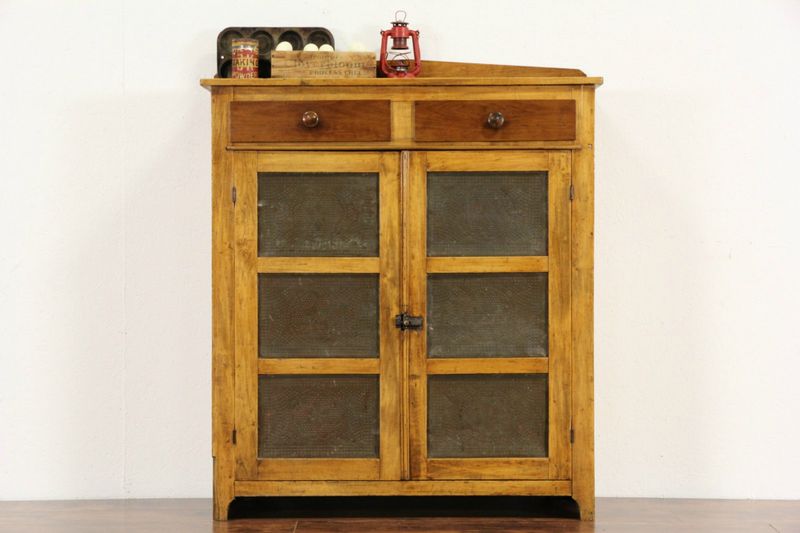
A must-have for bakers, pie safes protected baked goods from pests while allowing air circulation. Their punched tin doors added a decorative touch to kitchens.
Refrigeration advancements reduced the need for iceboxes, but they continue to be cherished for their quaint charm and practical design. These vintage pieces offer a glimpse into a simpler time, blending functionality with nostalgic appeal.

